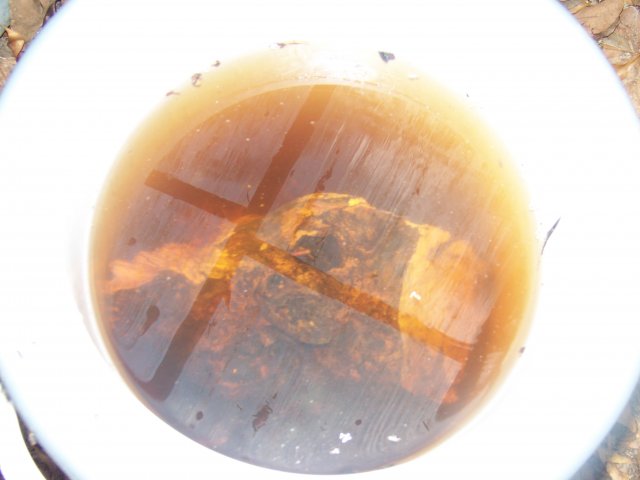Cool, but what I'm asking is how much salt. For instance, if I boil a small piece in two gallons of water, would I put about a spoonful in? Or, if I had a large piece that I soaked in a cooler/tub/bucket for a while, and that took, say, 10 gallons of water, would I put in three or four spoonfulls? What ratio am I looking for here?
DIY driftwood, how????
- Thread starter Kuhlifan
- Start date
You are using an out of date browser. It may not display this or other websites correctly.
You should upgrade or use an alternative browser.
You should upgrade or use an alternative browser.
:grinyes:My method is 1 tablespoon per gallon.Its only necessary for the first soak,because the wood will absorb it,so no need to add new salt with water changing,don't forget that changing the water is important or your wood will just retain the tannins.
Ha, you replied while I was replying.
Cool, I'll try that. I have some kosher salt at home that should work. Now I just have to go out and find a good piece to begin on.
By the way, I am talking a freshwater aquarium, in case that's an issue.
No issue at all. all the methods mentoined are for freshwater driftwood.
Lol, I forgot to mention just as hot water opens pores in the wood,cold water seals them I do my last soak in cold water so water loss is minimal,when you transfer from soak to tank.
I'll disagree with any statement that suggests softwoods deteriorate faster than hardwoods..simply not true.
the species of wood has a lot to do with it's physical characteristics and it's ability to stave off deterioration.
there are examples of 'softwoods' that are actually more resistant to deterioration than many species of hardwoods.
cypress, cedar, redwood, sequoia just to name a few(within these there are subspecies to boot) btw all in the pineacea family(pine)
that said special steps would need to be taken to prep these woods ..as they may contain resin that may not be suitable for the fish tank.(in time it will leach out).
FYI, tannins (usually associated with hardwoods) are part of the defense mechanism of the trees to combat fungus and insects(part of the deterioration process as well as some bacteria)
the species of wood has a lot to do with it's physical characteristics and it's ability to stave off deterioration.
there are examples of 'softwoods' that are actually more resistant to deterioration than many species of hardwoods.
cypress, cedar, redwood, sequoia just to name a few(within these there are subspecies to boot) btw all in the pineacea family(pine)
that said special steps would need to be taken to prep these woods ..as they may contain resin that may not be suitable for the fish tank.(in time it will leach out).
FYI, tannins (usually associated with hardwoods) are part of the defense mechanism of the trees to combat fungus and insects(part of the deterioration process as well as some bacteria)
Your statement is correct, SR, but your taxonomy is off; none of those softwoods are in the Pinaceae, and the different types of cypress, cedar, etc. are full species, not subspecies. When people use cypress and cedar in tanks, they usually are using baldcypress (Taxodium distichum) and eastern redcedar (Juniperus virginiana); other trees with similar names have very different woods (which may be unsuitable for tanks) and are in fact not closely related to those two species.
Sorry, I'm a geek. :grinyes:
More to the point- AC, if you can find a bone-like piece of driftwood that is already bleached gray and has all the bark worn away, that is ideal; this means that any potentially toxic resins have all ready leached out, and the more readily-decaying parts of the wood have already decayed.
Sorry, I'm a geek. :grinyes:
More to the point- AC, if you can find a bone-like piece of driftwood that is already bleached gray and has all the bark worn away, that is ideal; this means that any potentially toxic resins have all ready leached out, and the more readily-decaying parts of the wood have already decayed.



